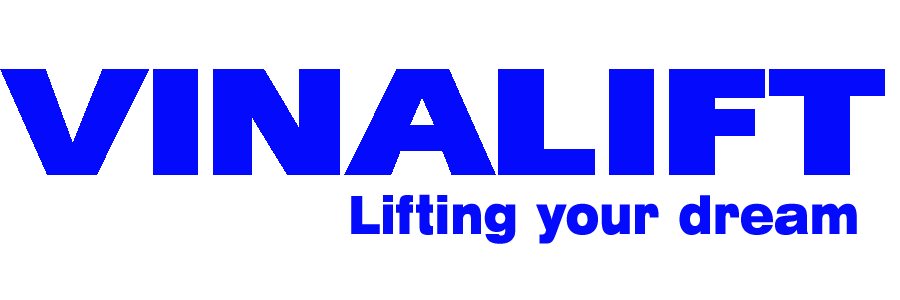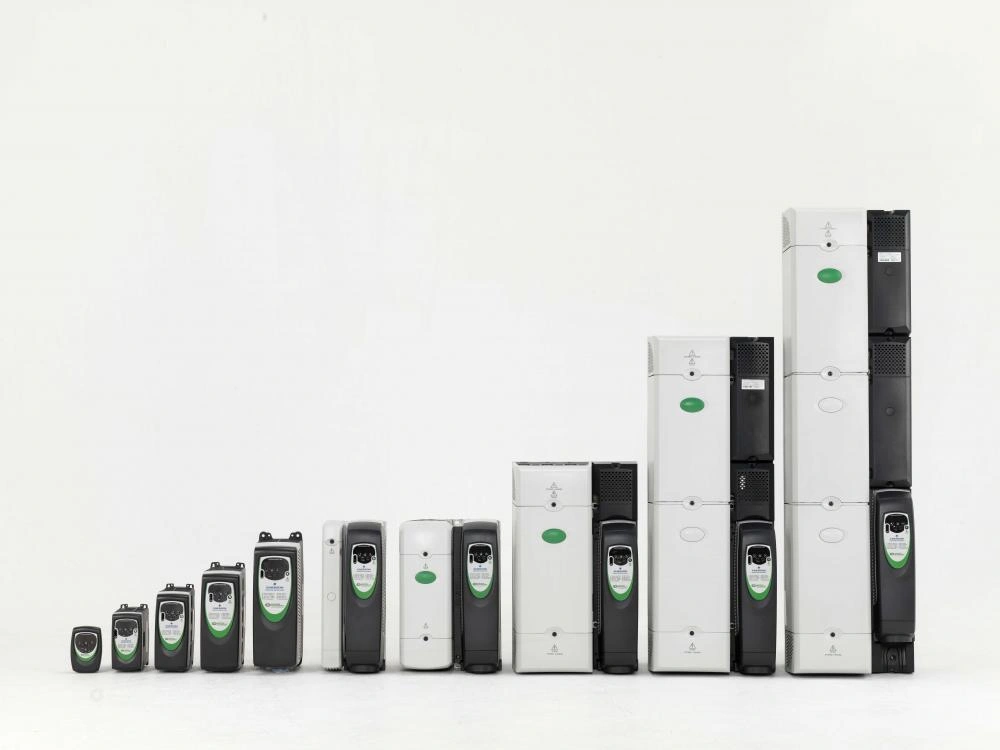What is a Variable Frequency Drive (VFD)?
A variable frequency drive (VFD), also known as an inverter, is an electronic device used to control the speed of three-phase AC motors. It achieves this by converting the frequency of the AC, according to the formula for the speed of three-phase AC motors.
To change the motor speed, there are three main methods:
- Changing the number of poles of the motor (P)
- Changing the slip factor (s)
- Changing the frequency (f) of the input voltage. VFD is a device used to change the frequency of the 3-phase AC power supply to the motor -> Thereby changing the motor speed according to the above formula.
Working Principle of a VFD

A VFD operates based on a fairly simple fundamental principle:
Rectification: AC from the source is converted into direct current using a diode bridge rectifier and capacitors.
Inversion: The DC voltage is then inverted into a symmetrical three-phase AC voltage, which is temporarily stored in capacitors at high voltage.
IGBT Switching: IGBTs, which stand for Insulated Gate Bipolar Transistors, act as fast on/off switches, generating the output waveform of the VFD using pulse width modulation (PWM).
Control: The output three-phase AC voltage can have its amplitude and frequency flexibly changed according to the controller, to suit the speed requirements of the motor.
For constant torque loads, the ratio of voltage to frequency is kept constant. Meanwhile, for pump and fan loads, the torque generated is a square function of speed, by the requirements of the load.
Modern VFDs have high power conversion efficiency due to the use of advanced power semiconductors. The energy consumption is almost equivalent to the energy required for the system. In addition, today’s VFDs integrate many control types, including PID controllers, and support many communication standards, making them suitable for control and monitoring in SCADA systems.
Basic Structure of a VFD
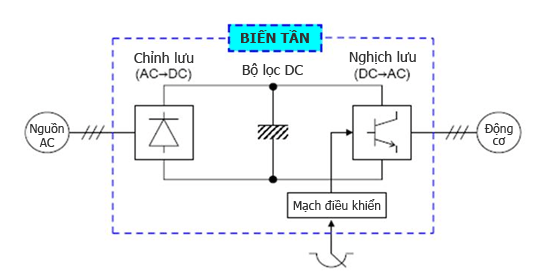
The structure of a VFD includes: an input rectifier block, inverter block, and control section
Input Rectifier (Diode)
The diode bridge rectifier is similar to the rectifiers commonly found in power supplies, where AC voltage is converted to DC. The voltage after rectification is passed through a filter capacitor bank to obtain a flat, stable voltage (DC bus) to supply power to the IGBTs.
Inverter (IGBT)
IGBT devices are fast switching and have high efficiency. In inverters, IGBTs are controlled to turn on and off in a sequence to create pulses with different widths from the DC Bus voltage stored in the capacitors.
By using the Pulse Width Modulation (PWM) method, IGBTs can be turned on in a sequence to produce an output similar to the sine wave applied to the carrier wave.
PWM can be used to create a motor output that is identical to a sine wave. This signal is used to control the speed and torque of the motor.
Control Section
Includes the main IC, analog and digital inputs, and analog and digital outputs, connected to peripheral devices to control and monitor the operation of the VFD.
Modern VFDs have integrated many different control types, including PID controllers, and are compatible with many communication standards, making them suitable for control and monitoring in SCADA systems. VFDs have high power conversion efficiency, saving energy and making them suitable for a wide variety of loads.
Advantages of Inverters
Flexible and precise motor speed control, meeting a variety of application needs.
Energy saving: Reduce power consumption, and improve motor efficiency.
Motor protection: Soft start, reduce vibration, extend motor life.
Increase productivity: Optimize production processes, improve work efficiency.
Wide range of applications: Suitable for a variety of motors and loads.
Common Applications of VFDs
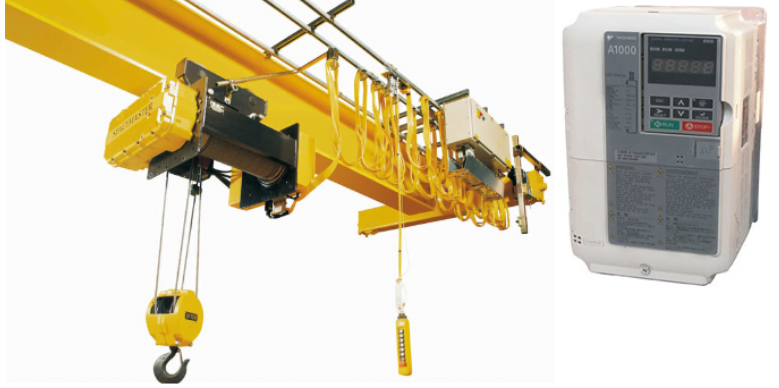
Water pump systems, fans, elevators.
Conveyors, automation machinery in production lines.
Solar power systems, wind turbines.
Electric vehicles, forklifts, cranes, gantry cranes.
Household appliances such as air conditioners, and refrigerators.
Popular VFD Types Today
European brands
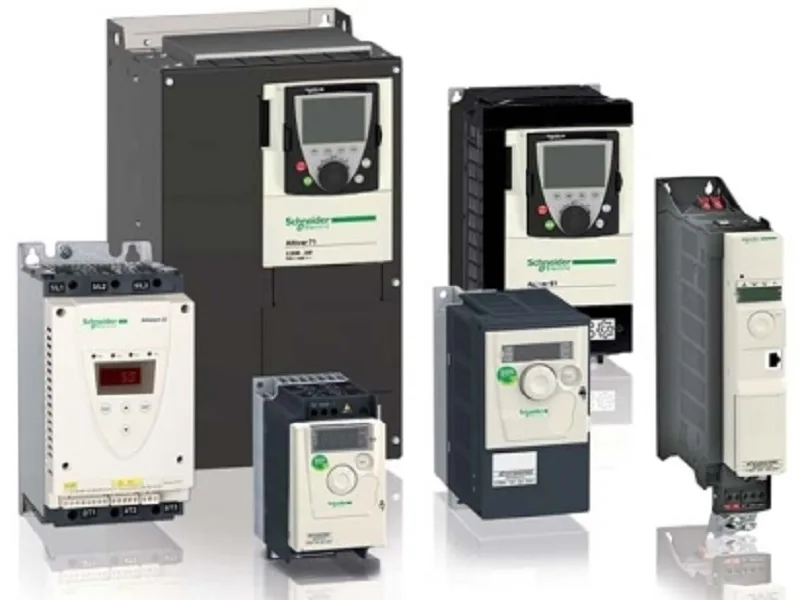
- ABB
- SIEMENS
- Schneider
- In addition, there are a number of other brands such as: DANFOSS VFD, EMERSON, KEB, VACON, etc.
Japanese brands
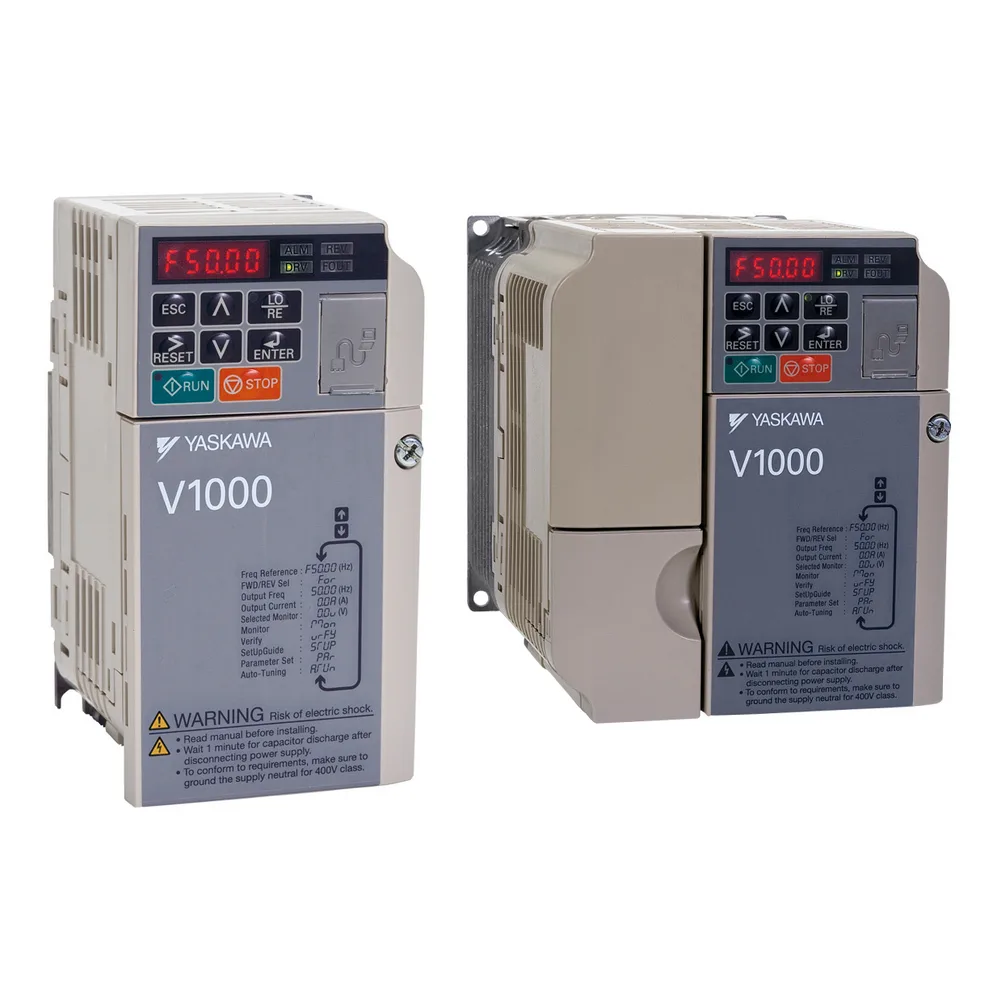
- Yaskawa
- Mitsubishi
- Fuji
- Toshiba
- Hitachi
- Panasonic
Korean brands
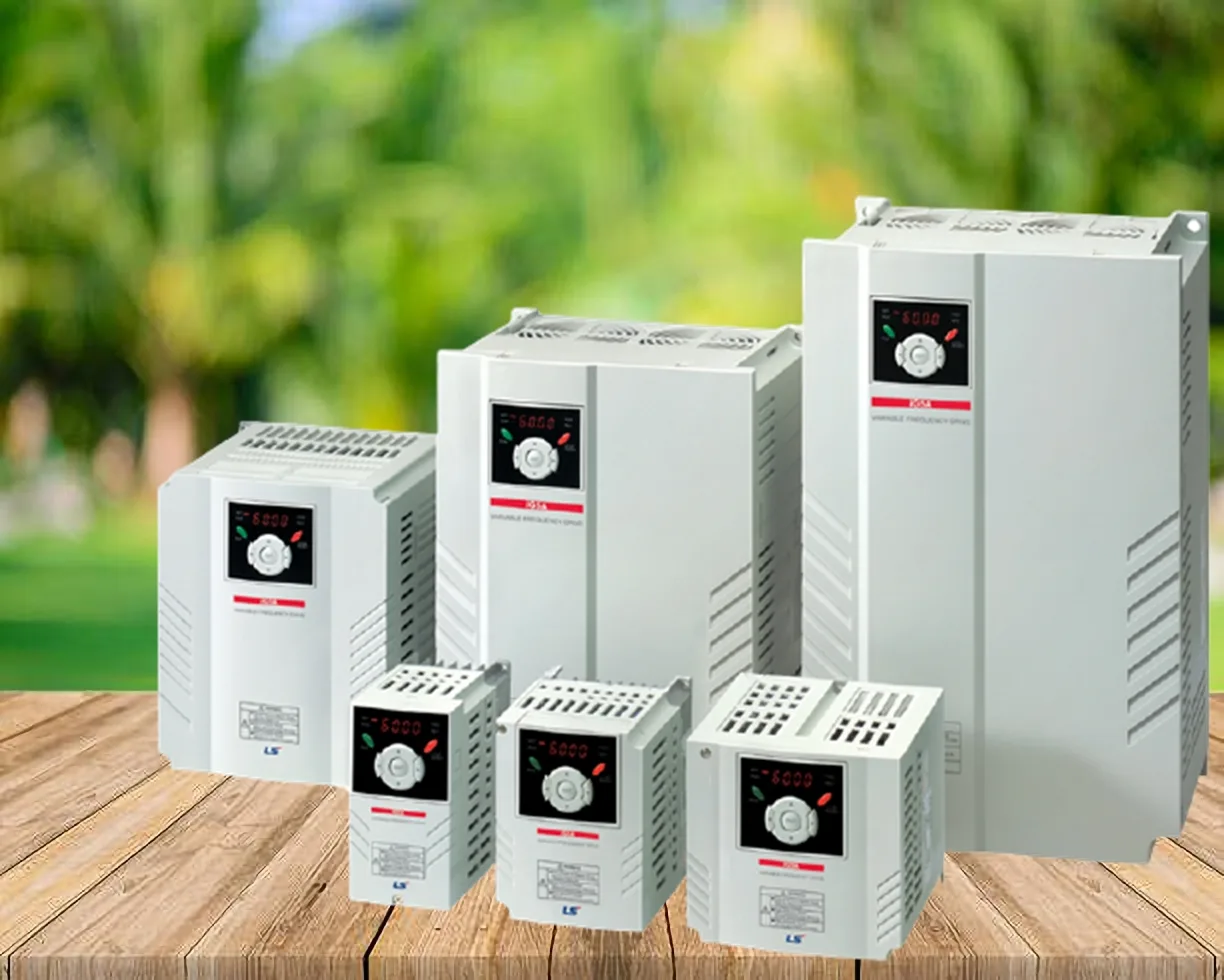
- LS
Taiwan brands
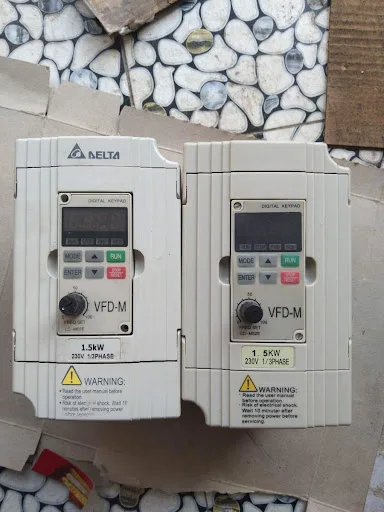
- Shihlin
- Delta
Chinese brands
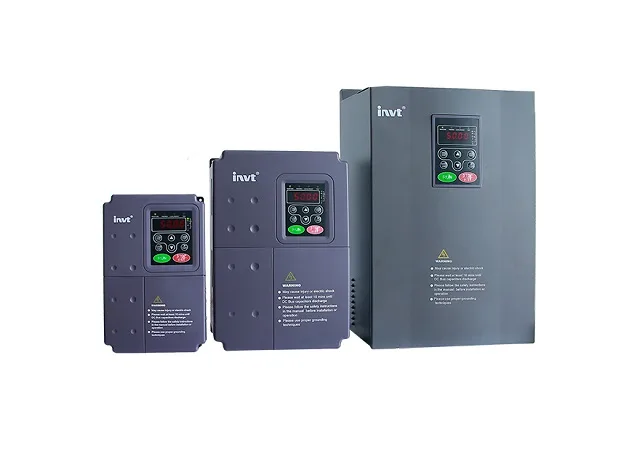
- INVT
- Sumo
- Micno
- Chziri
- Saj
- Hedy
- Sunfar
- Rexroth
- Alpha
- Powtran
- ENC
- Gtake
- Sinee
- Veichi
- Inovance
Thank you for reading this article. Please follow us on our WEBSITE or social media platforms such as FACEBOOK, LINKEDIN, and YOUTUBE for new articles with useful information.
READ MORE: STANDAR HOIST
READ MORE: STEEL RAIL, CRANE RAIL
READ MORE: WHAT IS OVERHEAD CRANE? 5 FACTORS TO CONSIDER WHEN CHOOSING A OVERHEAD CRANE
